We have up to 7 cattle every year to graze at Greenstreete. It’s quite a rare sight these days to see a calf sucking – mother and calf are so content.

A centre for a living tradition in a living landscape
We have up to 7 cattle every year to graze at Greenstreete. It’s quite a rare sight these days to see a calf sucking – mother and calf are so content.

Here are the latest videos from the camera traps at Greenstreete.
The Wetland Duo, Guy Hart and David Armitage plus David’s partner Lyn, were hard at work recently removing the highly invasive plant, Water Soldier, from the lake at Greenstreete. It has proliferated so much over the summer that they weren’t able to remove all of it but arrangements are in progress for volunteers to continue the work.
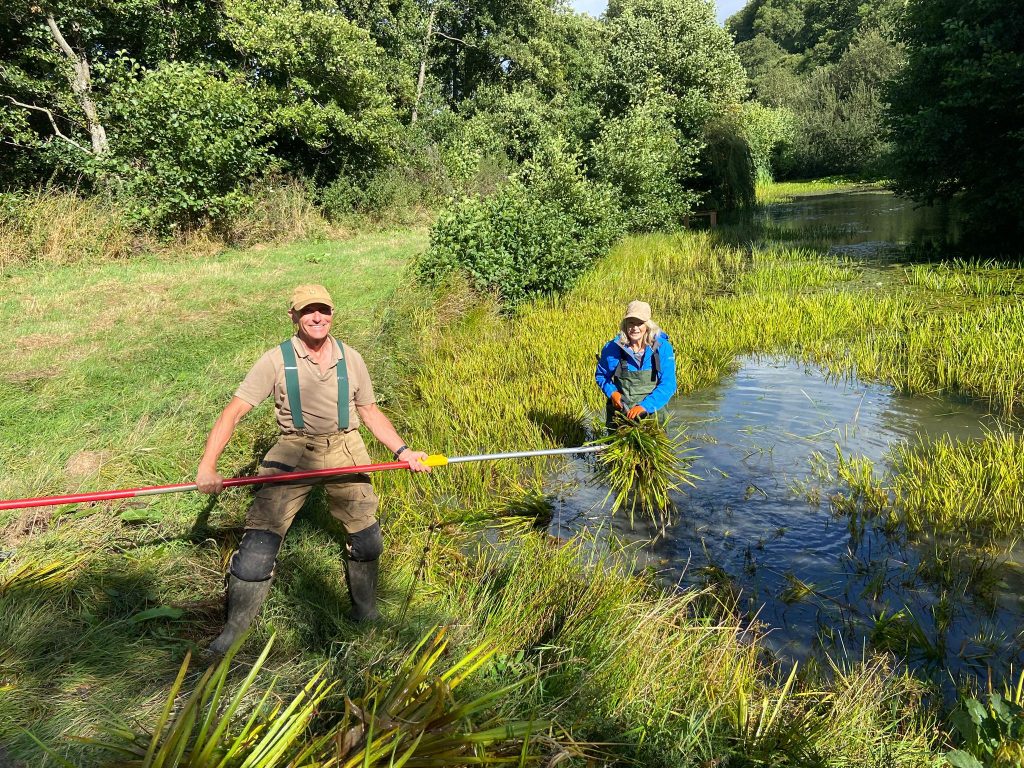

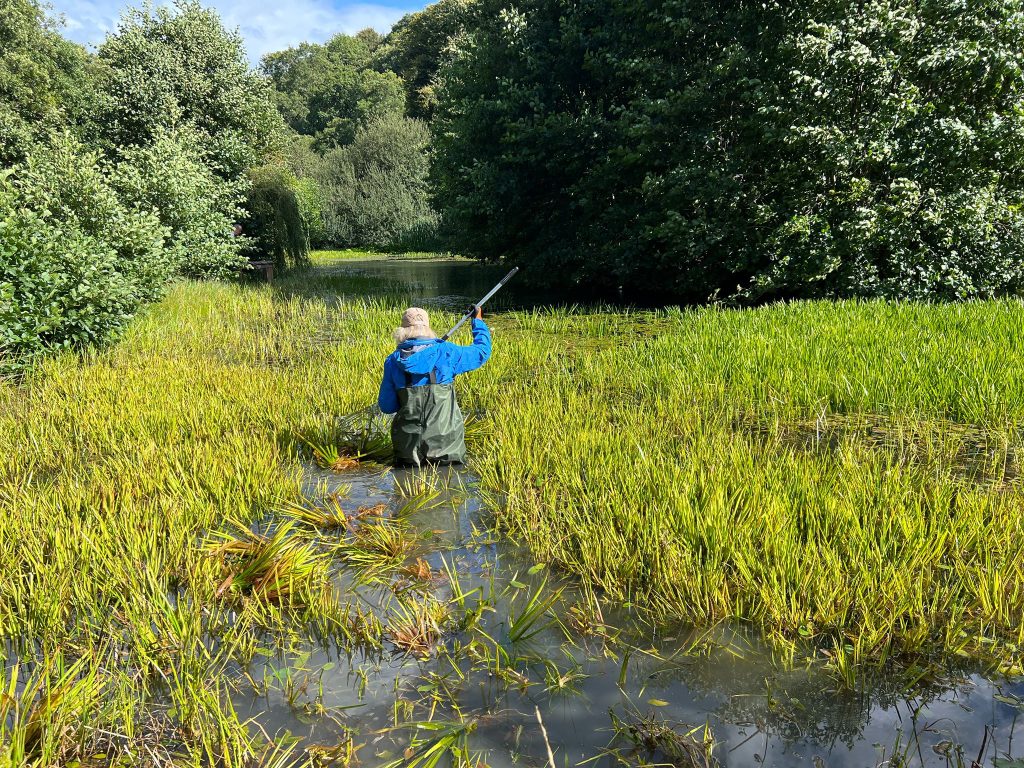
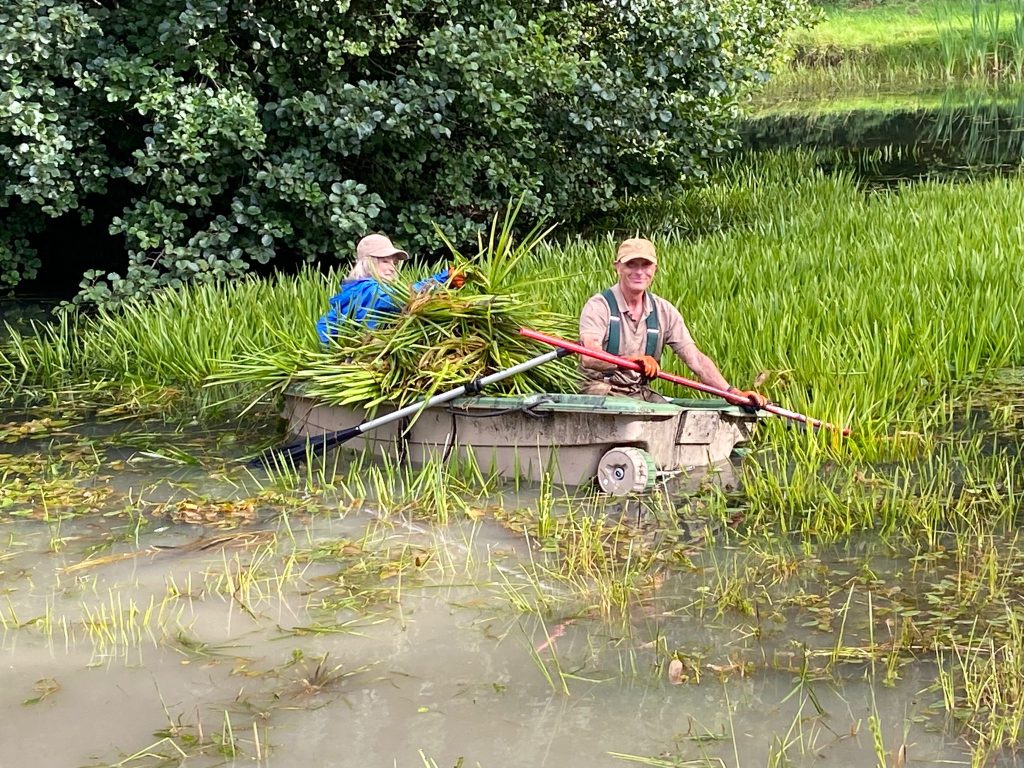
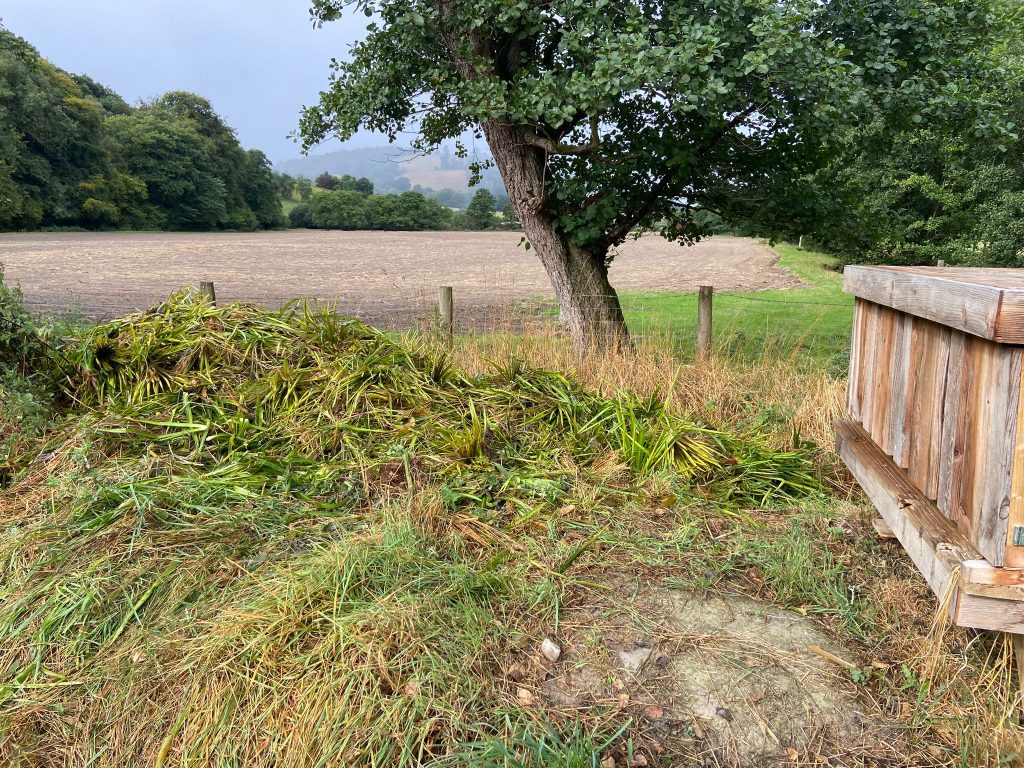

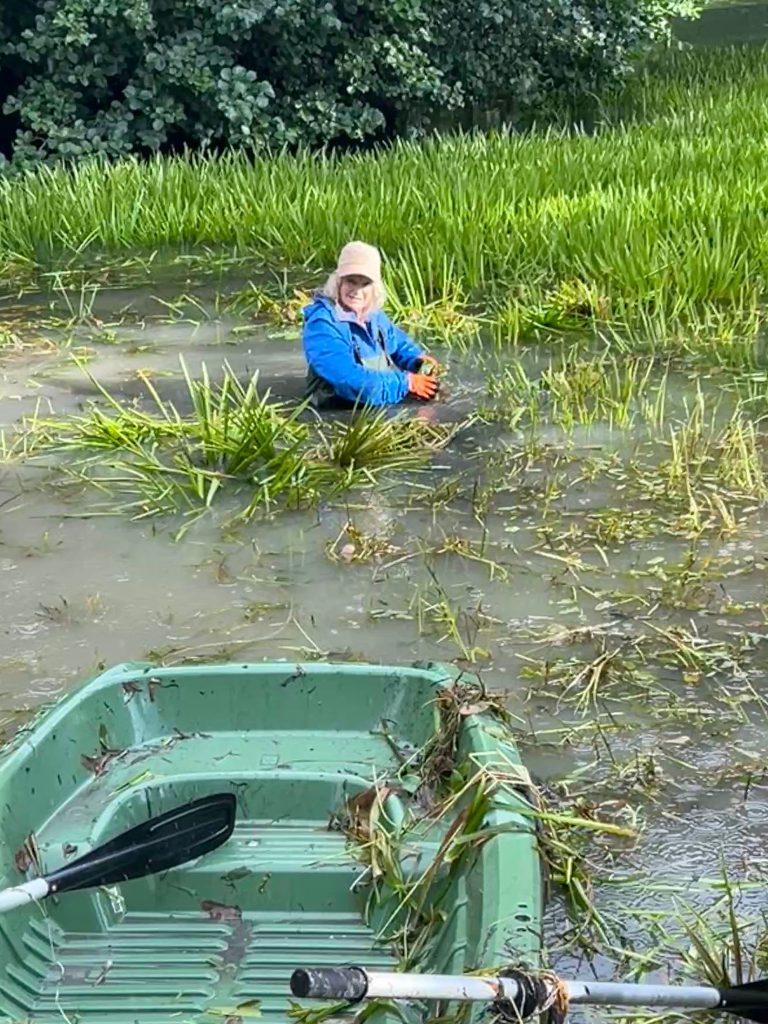
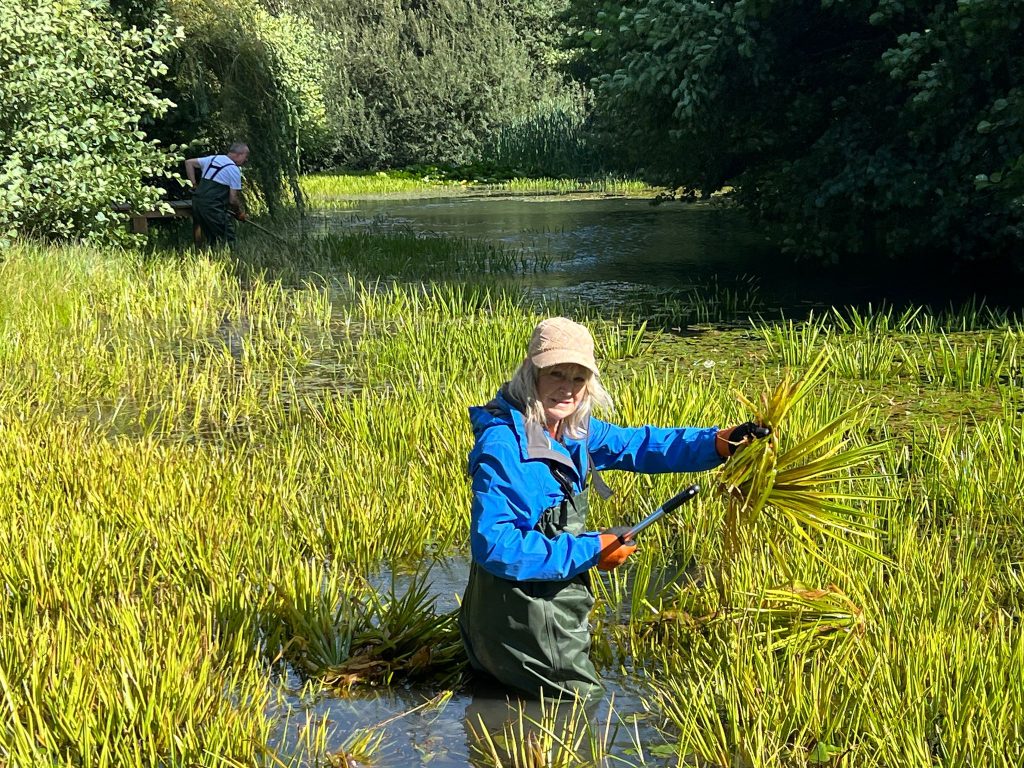
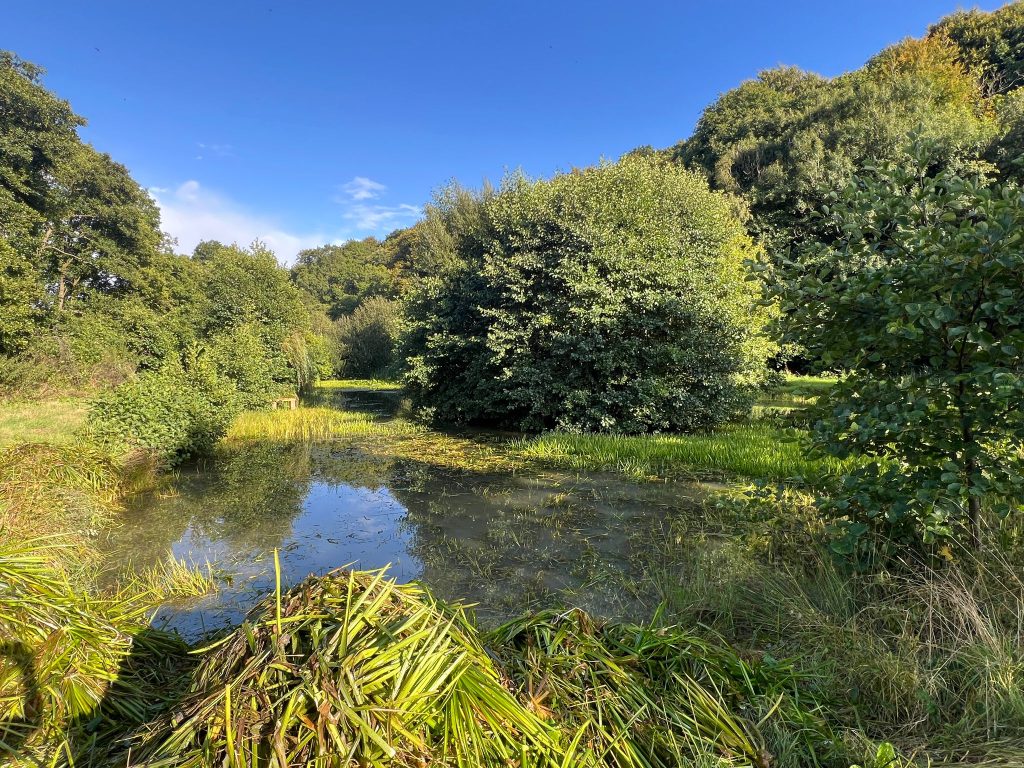
While at Greenstreete Guy was lucky to spot a gorgeous Hummingbird Hawk-moth feasting on the Buddleia near the flexible space.
This is what one looks like:

And this is more like what you usually see of it! (A blur – as they are very fast fliers.)
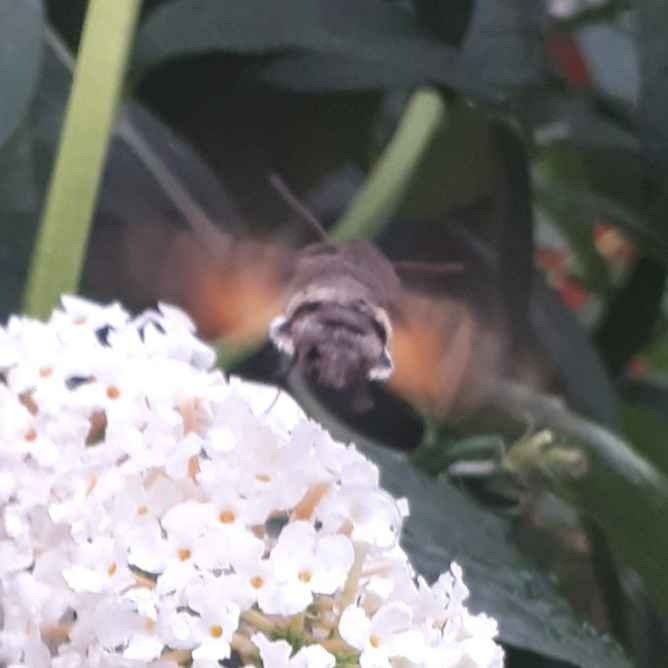

Chris Gilchrist
This year where I live in South Devon a lot of oaks have oak acorn galls. These are caused by a wasp, Andricus quercuscalicis, which lays its eggs in the developing acorn which then deforms. The wasp grub eventually eats its way out leaving a small hole. Are these in evidence at Greenstreete?

Maybe this has happened because the oaks also seem to have a lot more acorns this year. Is it a mast year for acorns? ” A mast year is a term used in ecology to describe a year in which trees or other plants produce a large number of seeds or fruits, much more than in typical years. These years usually occur irregularly, every few years, and are followed by years with much lower seed production.” It’s a trick often used in nature: overwhelm your predators with abundance.
When oak trees produce lots more acorns, jays – which bury acorns and retrieve them to eat in winter – bury more than their usual tally: up to 7,000 of them. This excess means that despite having good memories, the birds forget where they’ve put many of them… so there’s a bigger crop of new oak saplings the following year.
(Ed: Here is more info on the different types of Oak gall – https://www.rhs.org.uk/biodiversity/oak-gall-wasps )
Greenstreete Oaks:
Ed: Here is info on mast years:
“Mast years are not just one off events for individual trees. The vast majority of trees in a particular species will have a fantastic crop all across the UK in the same year. How the trees co-ordinate this when they’re so far apart is one of nature’s many mysteries.
https://www.woodlandtrust.org.uk/blog/2020/10/what-is-a-mast-year/
We don’t yet know exactly how trees communicate with each other and we can’t predict when any one species will have a mast year, but we do better understand what causes it. Weather certainly has a part to play.”
Mary has sent some new camera footage.
Really glad to see the Otter being curious about the new platform.
Amazing footage of a Rabbit/Hare swimming! Have never seen that before!
At the pond, a camera at the larger jetty has caught a Dipper (see it dip up and down!) and a pair of Mandarin Ducks, resplendent even at night time in black and white.
An Otter is also seen enjoying the jetty, and a deer.
and a few videos of the Otter:
We held our first Aquatic Invertebrate workshop on Fri 23 May, led by local ecologist Phil Ward and in partnership with the Radnorshire Wildlife Trust. We had 7 meditators (as part of an Activities week) and 7 members of the local community, including an RWT officer and the CEO of the RWT, take part and it was great fun! We learned how to monitor the river water quality by studying the invertebrates in it.

The video shows no, not Phil doing a strange water dance, but a demonstration of kick sampling. It does look very enthusiastic (!) but he went out of his way to assure us that this won’t harm any creatures, and that all the samples taken were alive. We collected samples of creatures and took them up to the house to identify under microscopes. The weather was beautiful which meant that we could do this outside.

Here’s a list of inverts we spotted on the day, with an example of the scoring, although it was only an example and of course we can’t officially use the score as it wasn’t the exact survey method. But it does give a good impression of the water quality. Phil assures us that, however, there’s no doubt that the river would score higher than this if we did a full methodology survey on it. He expects it would fall within the very good water quality score area.


Phil managed to identify the leech we had down to species level. Interestingly, it is an ectoparasite, found only on freshwater fish, especially salmon & trout apparently, but other fish as well, and is a common leech species. This must indicate we have fish in the river too.
A very enjoyable day was had by all and we intend to hold more days like this involving the local community.
New to Greenstreete and a nice surprise.
Pine Martens are now returning again in Wales. For more information see here.
Spiling (not spilling) is a term for the particular kind of willow weaving used to protect river banks. You can read a more detailed description of it here.
Dan from Radnorshire Wildlife Trust has just finished some spiling to protect the bank of the River Lugg from further erosion near the road bridge.
He used the willow withies from our Willow trees that we planted on a land work session in 2013!




© 2025 Greenstreete
Theme by Anders Norén — Up ↑